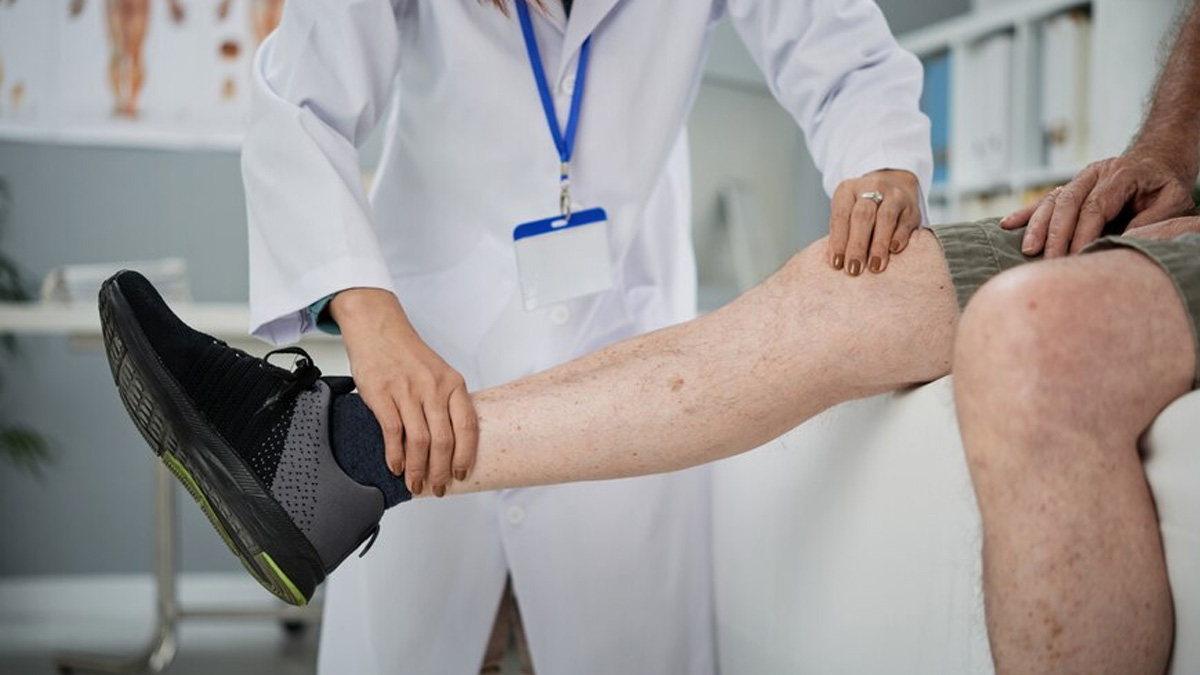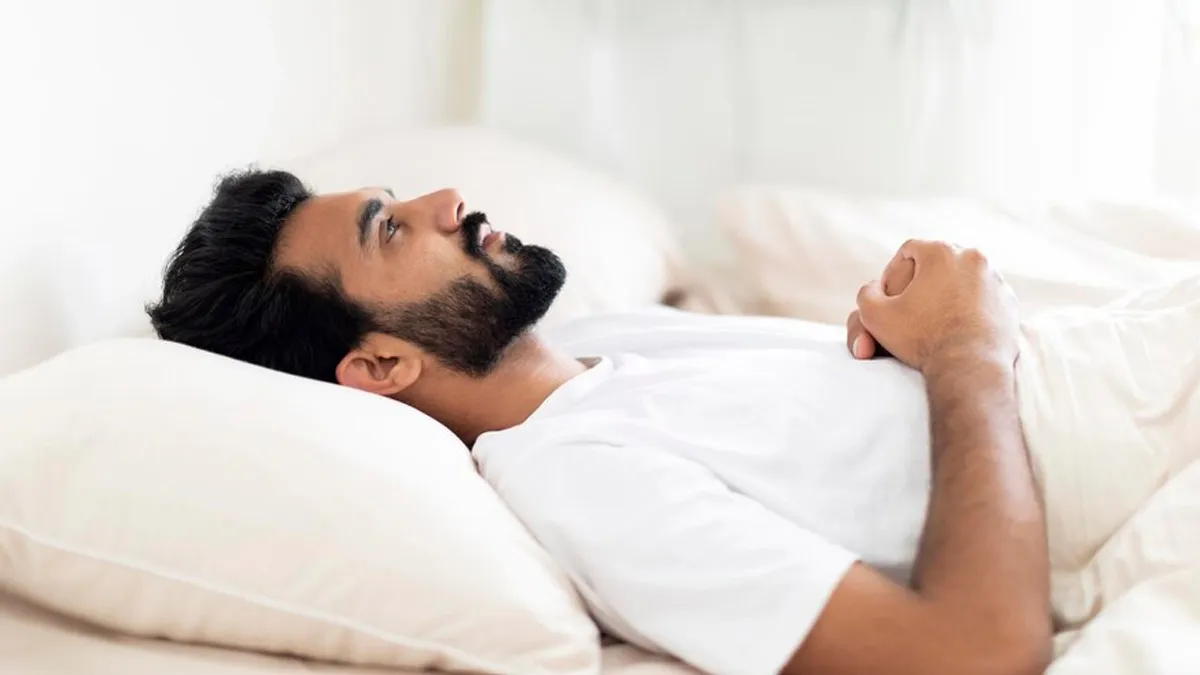
Knee replacement surgery can transform lives by restoring mobility and relieving pain. But as recovery starts, one of the greatest challenges is getting a good night's sleep. The pain, restricted mobility, and swelling can all make the proper sleeping position difficult. As sleep is an important part of the healing process, knowing how to sleep after surgery can improve the outcome of recovery significantly.
Table of Content:-
So the editorial team of Onlymyhealth reached out to our expert, Dr Bhumesh Tyagi, Consultant, General Medicine and Physician, Shardacare, Health City, Noida and he shared with us what is the best way to sleep after knee replacement. Read ahead to find out.
Why Sleep Matters After Knee Replacement
Rest is not only about comfort, it's necessary for healing. During deep sleep, the body secretes growth hormones that mend tissues and rebuild muscle. Inadequate rest can slow down recovery, heighten pain sensitivity, and impact mood and energy levels. “For patients recovering from knee replacement, quality sleep will have a direct impact on how fast the knee heals and strengthens,” Dr Tyagi said.

Also Read: What Is The Best Sleeping Position To Avoid Lower Back Pain? Expert Shares
Optimal Sleeping Positions After Knee Replacement
According to Dr Tyagi, is the best way to sleep after knee replacement is:
On the Back (Supine Position)
This is the safest and most suggested sleeping position following knee replacement surgery. Sleeping on the back but not lying flat maintains the spine in alignment and does not allow twisting or placing pressure on the operated knee.
Dr Tyagi recommended to put a pillow under the calf and ankle to have the leg slightly raised. “This decreases swelling and enhances blood flow. Do not put the same pillow under the knee. That can limit proper extension and joint mobility,” he added.
On the Non-Operated Side
It is also possible to sleep on the opposite side of the operated knee after the first few weeks. Place a pillow between the knees to support and take pressure off the new joint. Keep the operated leg straight, avoiding bending it or twisting it inward.
Also Read: Walking and Swimming Found to Ease Knee Pain Better Than Rest, According to BMJ Research

Avoid Sleeping on the Stomach After Knee Replacement
Sleeping on the stomach can put pressure on the hips and knees and cause the operated leg to twist. Such a position will stress the joint and cause recovery delays. It's best avoided until the orthopedic surgeon releases it, after complete recovery.
Other Tips to Ensure a Good Night's Sleep After Knee Surgery
Here are a few other things Dr Tyagi noted to ensure a peaceful and restful night’s sleep after a knee surgery:
- Use Cold Therapy At Night: Placing an ice pack on for 15 to 20 minutes before bedtime can soothe pain and decrease swelling, which makes it easier to sleep.
- Elevate the Surgical Leg: Leg elevation in the proper position, around 6 to 8 inches above the heart level, encourages fluid drainage and avoids stiffness.
- Stick to the Medication Schedule: Adhere to prescribed painkiller or anti-inflammatory medication intake, if advised, 30 to 45 minutes before sleeping. This is effective in controlling nighttime pain.
- Use the Right Mattress: A firm supportive mattress assists in keeping the leg aligned and is comfortable for the recovering leg. Adjustable beds or memory foam pillows may provide extra support.
- Keep a Relaxing Routine: Stretching gently, breathing deeply, or hearing soothing music prior to sleep can help relax and enhance the quality of sleep.
- Avoid Crossing the Legs: It can cause undue stress on the knee joint and disturb proper recovery alignment.
When to Resume Normal Sleeping Positions After Knee Replacement
“All patients recover differently. While some can switch positions in four to six weeks, others may take longer. Always reach out to the counsel of the orthopedic surgeon or physiotherapist before going back to normal sleeping positions,” Dr Tyagi highlighted. Complete flexibility and comfort usually return in two to three months after surgery.
Bottomline
Lying down in a proper sleeping position after knee replacement is vital for a seamless and quick recovery. Prioritise comfort, leg support, and elevation to facilitate healing, minimise swelling, and have restful rest nightly.
Also watch this video
FAQ
1. When can one sleep on the side after knee replacement?
It's generally safe to sleep on the non-operative side after 4–6 weeks, but only after consulting the surgeon.2. Is it safe to place a pillow under the knee post-surgery?
Avoid putting a pillow under the knee as it can limit extension and cause stiffness. Place it under the calf or ankle instead.3. Why does the knee ache more at night following replacement surgery?
Pain can increase at night due to lack of activity, swelling, or stiffness. Elevation, medication, and gentle stretching at bedtime can alleviate pain.
How we keep this article up to date:
We work with experts and keep a close eye on the latest in health and wellness. Whenever there is a new research or helpful information, we update our articles with accurate and useful advice.
Current Version
Oct 30, 2025 19:05 IST
Published By : Tanya Srivastava